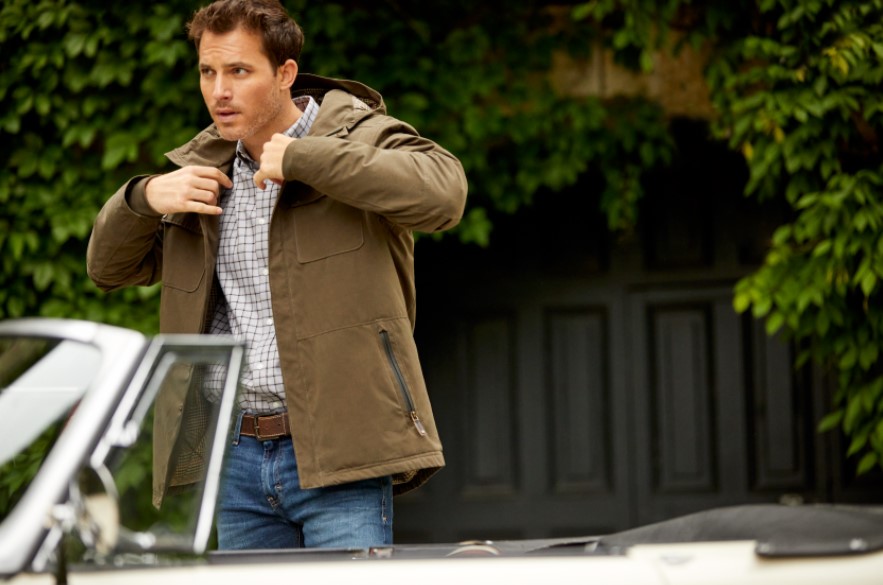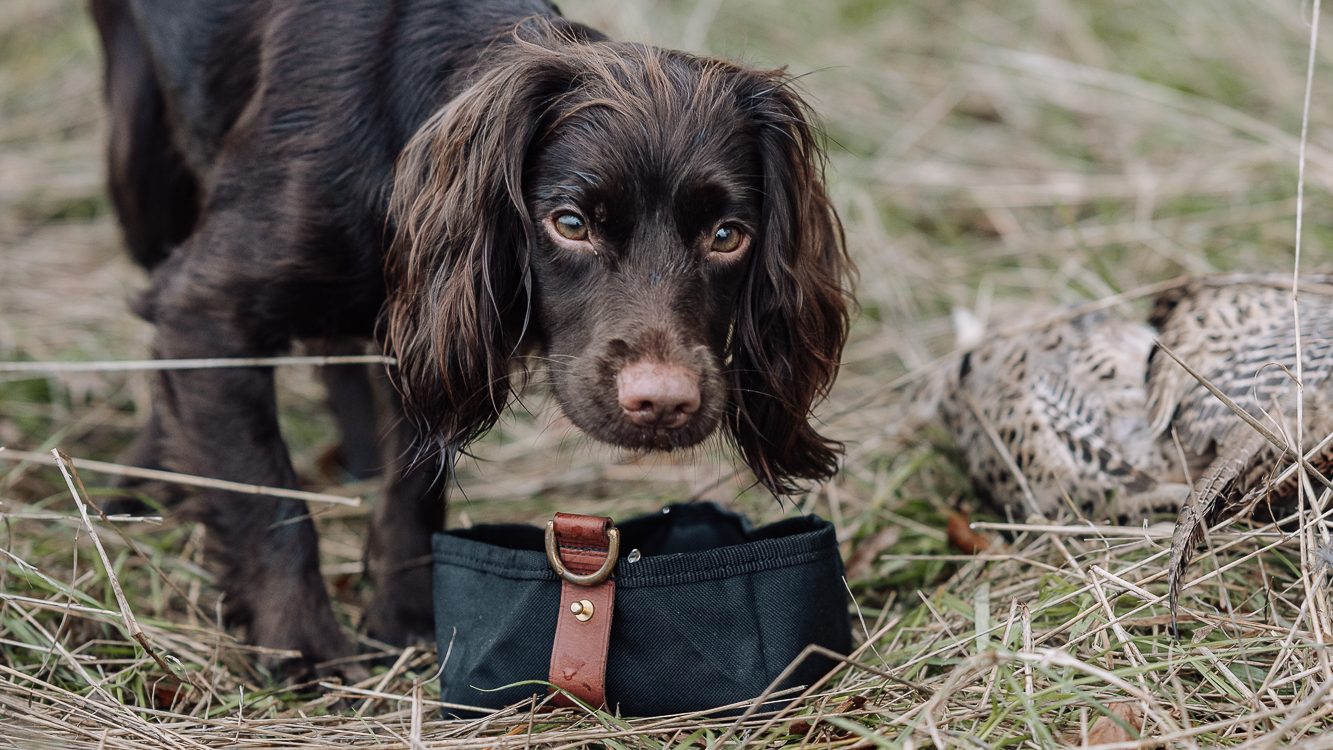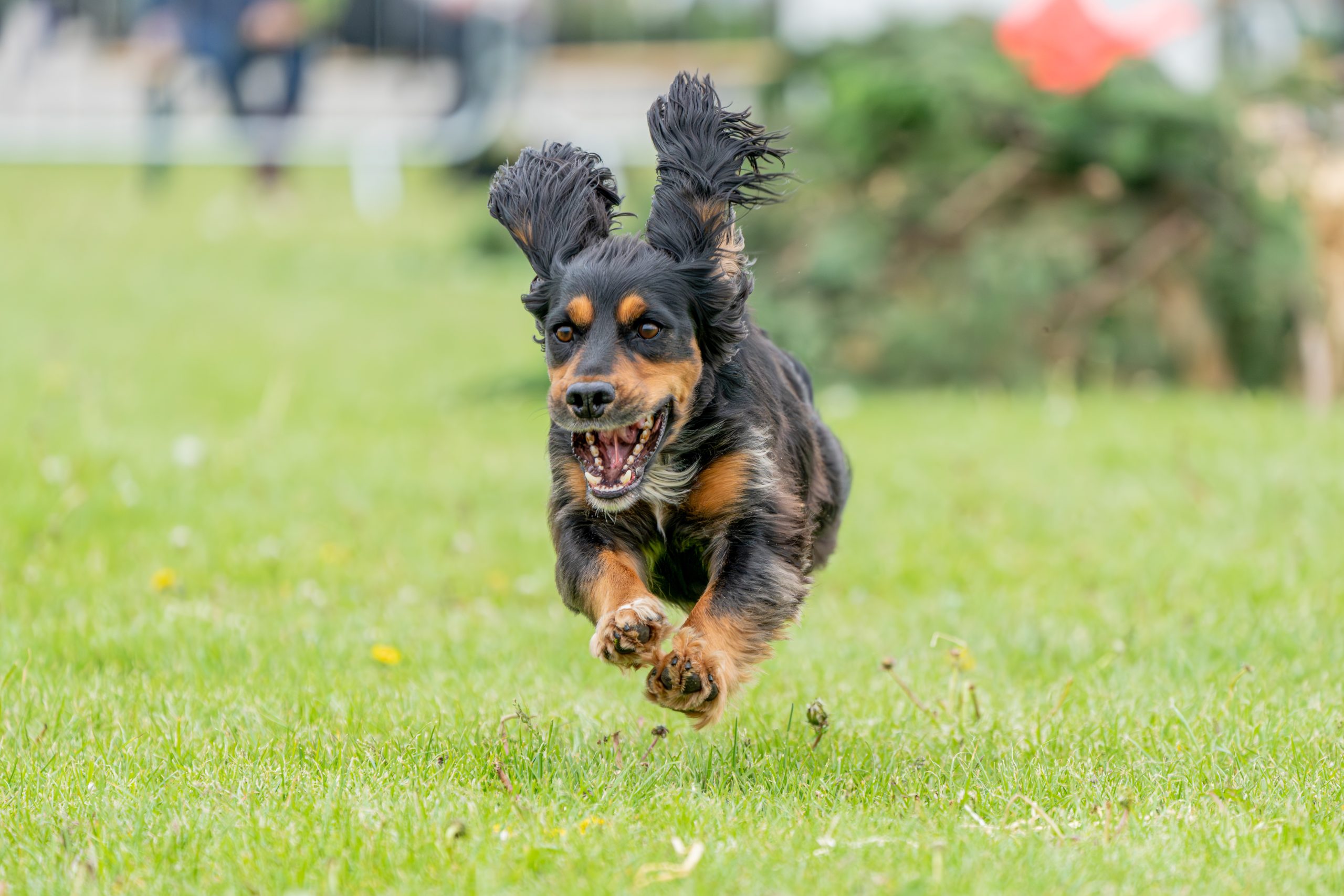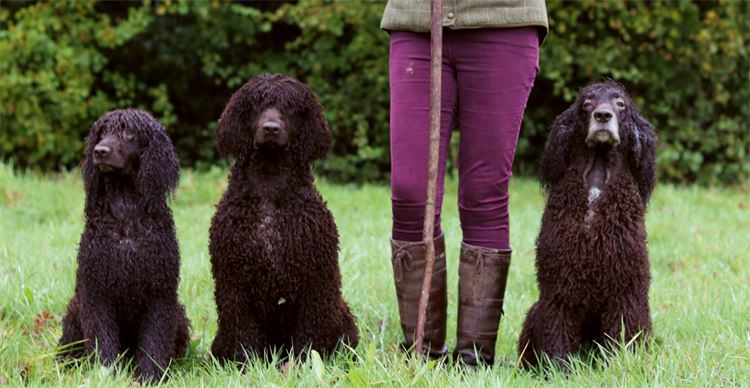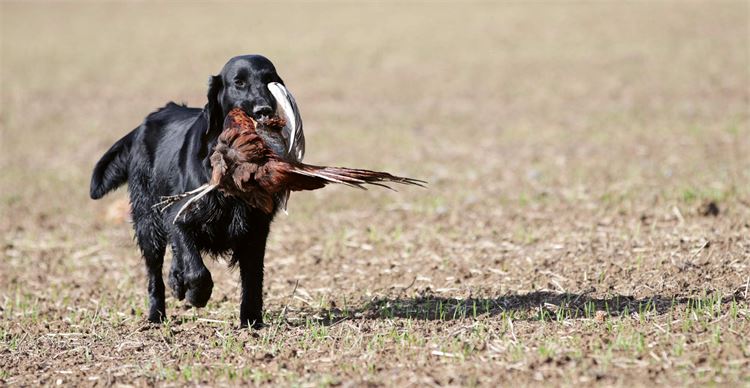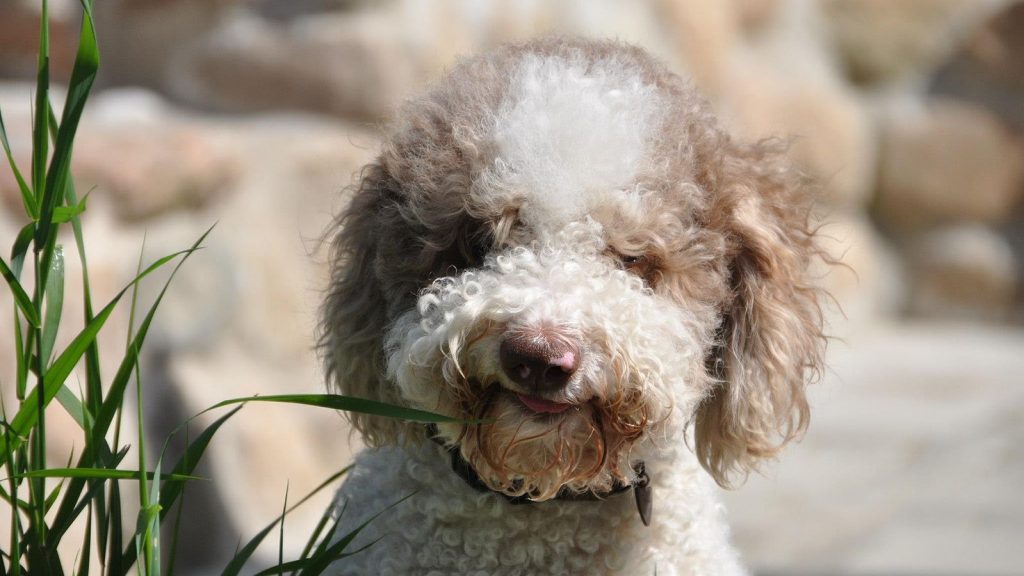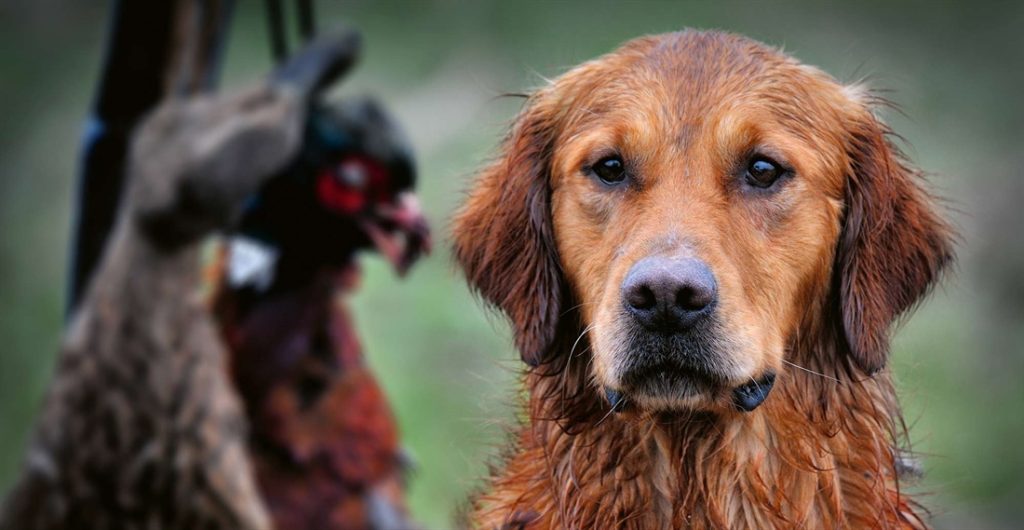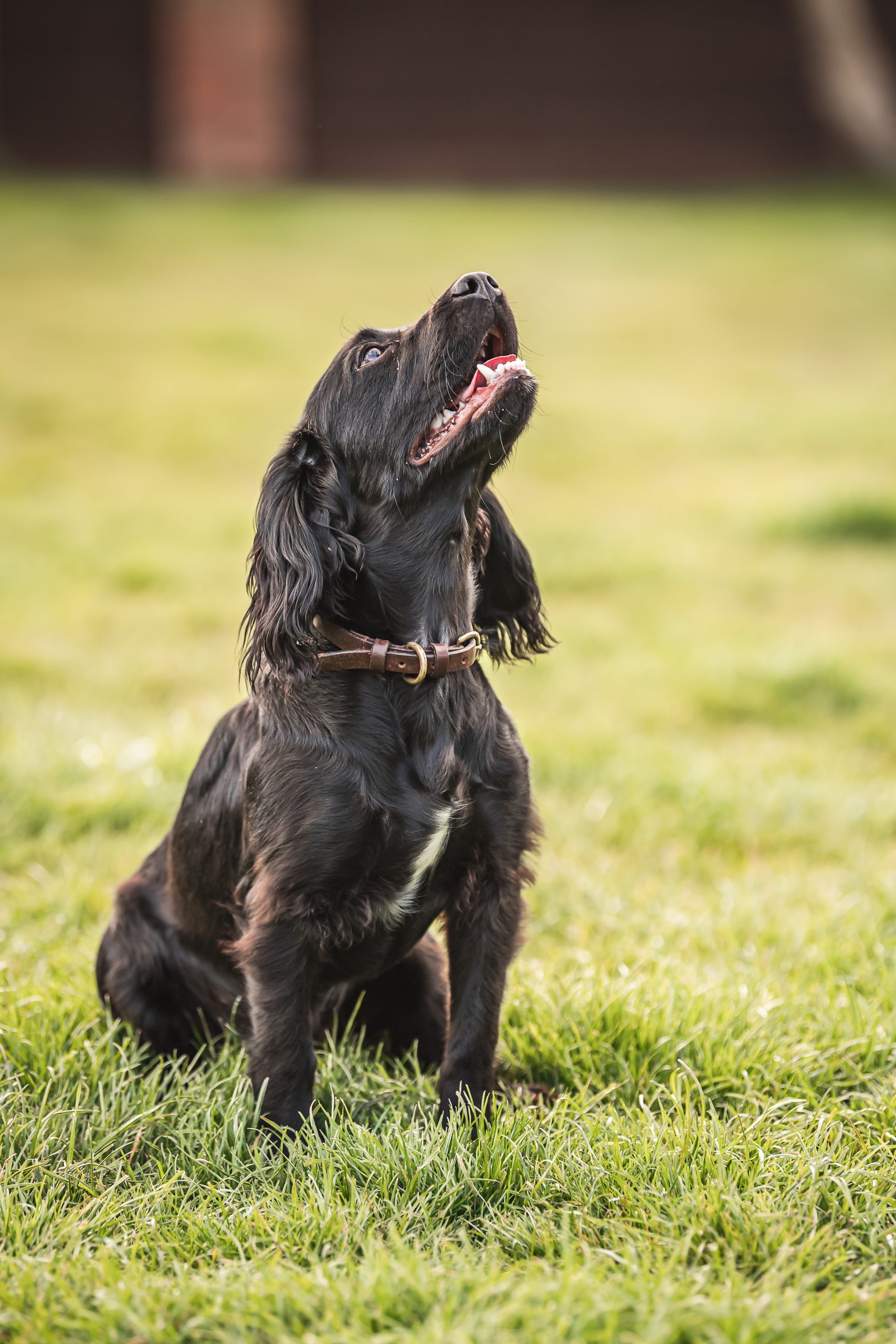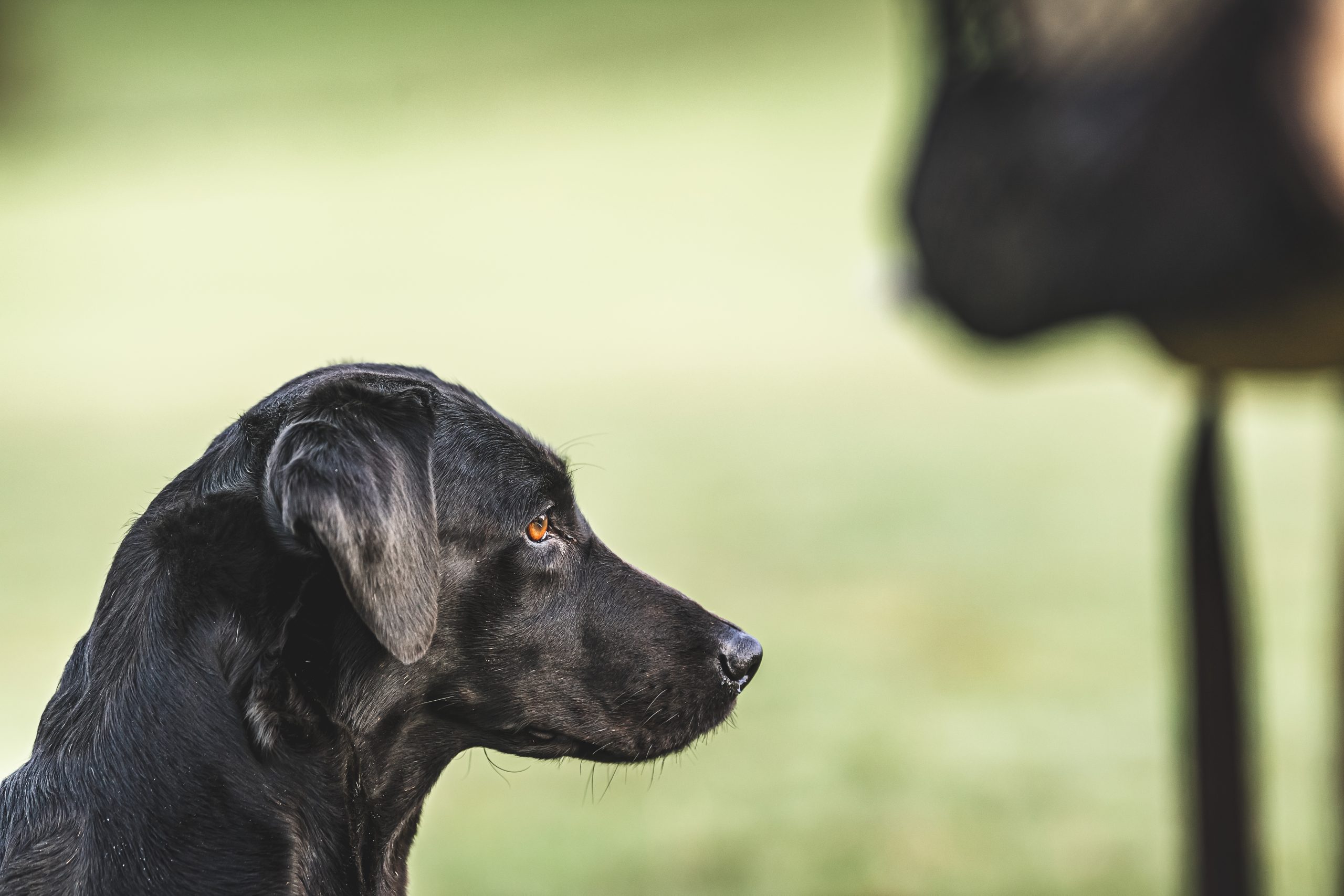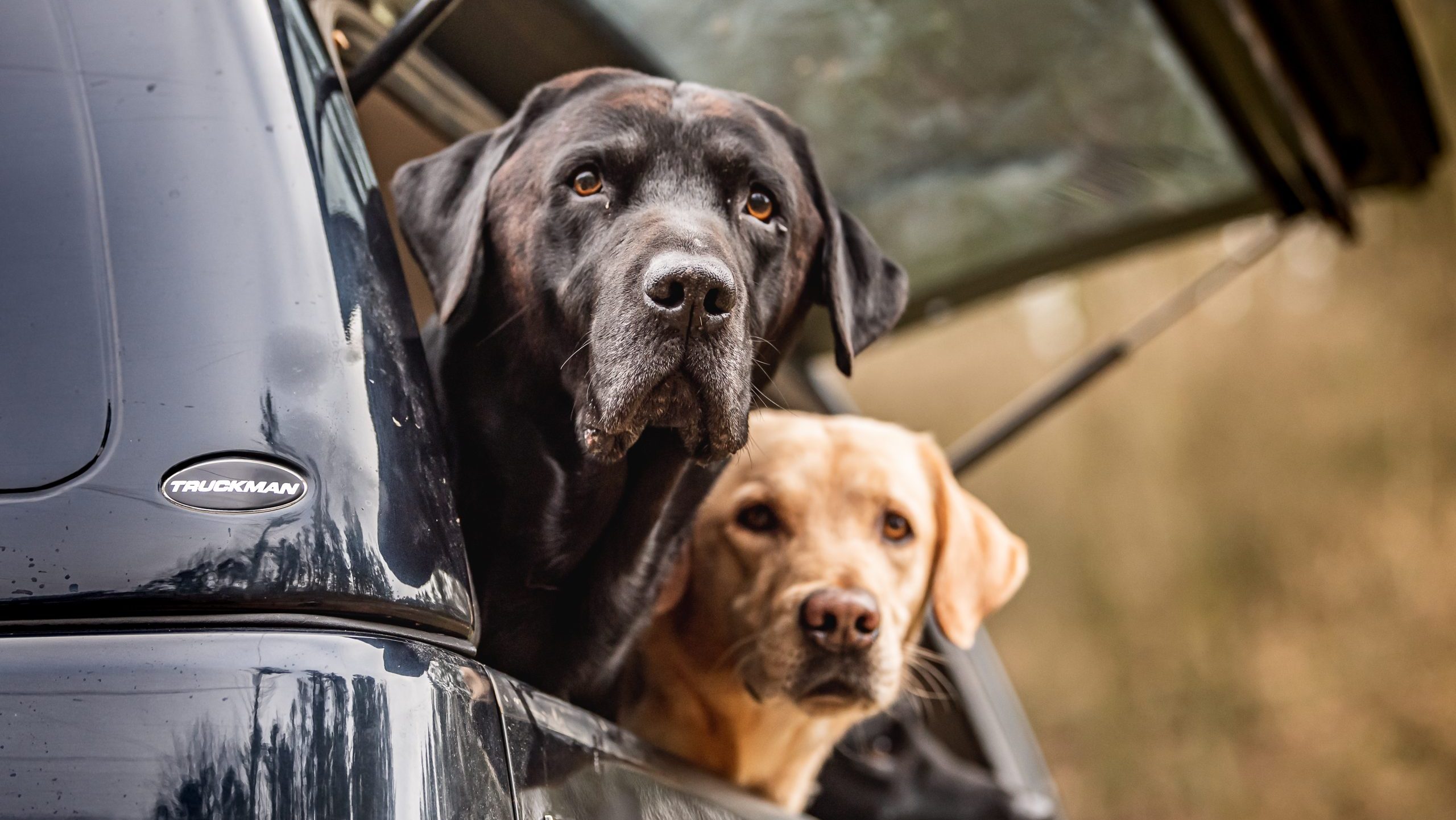Breeds news
Minority Report
The creation of the new Working Minority Retriever Club provides due recognition and opportunity for disciples of the rarer breeds, as Oscar Will Tarbox reports.
Would you like to appear on our site? We offer sponsored articles and advertising to put you in front of our readers. Find out more.
Most people who own a minority breed dog have at some point in their lives had a standard breed as a family pet, but as the interest of owning a dog grows, many like to take the time to research breeds that are a little bit different, with a quirkiness not seen in your standard labrador or cocker spaniel. Talking to the public at country fairs and similar events, promoting the most vulnerable of our gundog breeds, it’s clear that most people seem to know about the more regular gundog breeds. When they see the minority breeds their initial response is: “What’s that dog crossed with? Is it a labradoodle or springador?” Sadly these designer breeds are in the limelight more than our most vulnerable breeds.
The shooting and gundog communities are generally pictured in magazines with labradors, springers, English cockers or a pointer. But looking back into the history files, many of our most vulnerable breeds can be seen in paintings in a shoot setting as early as the 17th century. Many pictures do not define these breeds as you see them today, but it is clear that they are what we now call the rare breeds such as Irish water spaniels, curly coated or flatcoat retrievers.
Why choose a rare breed?
Ask an owner of a rare breed gundog why they chose that breed and they generally say: “I just wanted something a bit different,” and different they most definitely are. Many of our minority breeds are slower to mature in their working ability and need a gentle but consistent approach. These dogs are sensitive to harsh handling and can easily switch off when training if the wrong techniques are used or training becomes repetitive.
However, with time and patience there is no doubt as to their all-round ability. You may have to wait a year longer than your standard gundog on occasions but it’s worth the wait, as they offer complete companionship and loyalty. They are biddable and possess a unique character, with some quite quirky behaviours that make them more appealing to those of us that own them.
In the beginning
Judy Hempstead began showing Irish water spaniels as a young girl and became interested in all the minority retriever and spaniel breeds as an adult, through running rare breed and minority gundog breed parades and ‘meet the breed’ pavilions at country shows and game fairs. Together with some very keen and enthusiastic minority breed aficionados, they formed a club to offer training and competitive events to encourage new people and more experienced handlers to work their dogs in tests or in the shooting field.
Some of the club’s new members say they found other training clubs disheartening as their minority breed stayed in the lower groups for longer, due to the trainer’s lack of understanding of their breeds. Although they were progressing, it was at a slower pace and they often felt they were being left behind because minority breeds are slower to develop. Minority breed attributes were not recognised, such as using their noses, air scenting or their hunting-up instincts, because they can get in the way of a direct retrieve or a clear mark. Handlers were being told to go back to basics, when all they needed was a different outlook on the training.
The minority retrievers are unique in the way they can demonstrate complete adoration towards you, yet on a training day or test turn and look at you as if they have never set eyes on you before. Or they just glance back at you when you have blown the stop whistle and then carry on as if they have never heard the stop whistle before. No amount of being cross or getting after them will work with these breeds, they simply say No. It’s then time to go back and calmly set it up again. So yes they are unique, but with the correct training methods, time and sympathetic handling, these breeds can reach the top of their game. They may not be as fast and direct as a labrador, but every time the shooting season is upon us our Irish water spaniels tick all the boxes, hunting methodically, flushing, retrieving, covering both harsh ground and water… they are up for it all.
The Working Minority Retriever Club (WMRC) was launched in March 2019 to organise a range of events and although not yet affiliated to the Kennel Club (KC) all working tests are run under KC rules and have the support of panel judges who have been very impressed with the standard of dogs coming up through the club.
The WMRC has given owners with minority breeds a chance to work and train together, to develop their handling skills, build their confidence and gain understanding of how to conduct themselves when entering KC tests.
The club supports the shooting community by advising new handlers how to participate in fieldsports and can boast a range of experienced trainers from both the shooting fraternity and working tests, all of whom have good knowledge of all five minority retriever breeds.
Spaniel and retrievers training together
The club has run several retriever training days and also held a combined training day with The Working Minority Spaniel Club. It was an excellent opportunity for the retrievers to get used to spaniels working in front of them, and for the spaniels to learn to sit steady to shot with a retriever sent past them. There are not many training clubs that work together in this way.
This summer Judy Hempstead was asked to run training demonstrations with a range of minority working breeds under her business banner of Whip Curl Canine Resolve. The demonstrations consisted of minority spaniels working and flushing, dropping to shot, with minority retrievers passing through the spaniel line for long retrieves, over jumps and into brashing, with Judy commentating throughout the demonstration and giving new handlers training advice along the way. The club is clearly encompassing new ideas and making training events more exciting with an element of simulation, which helps to inspire and build confidence in the handlers for these very special breeds.
The first working test
The club was pleased to have 38 entries at its first working test this year, held in East Sussex with every minority retriever breed present. Some members also entered the first United Retriever Club’s Minority Retriever Test in Ingleby, Derbyshire. This was an amazing day with some challenging tests, and a wonderful atmosphere thanks to all of the URC members and to Pepi Barrington without whose idea this may never have happened.
Speaking to the newly formed committee it is evident they are proud of forming this unique club and are enthusiastically working together to find challenging training grounds in different counties, suitably knowledgeable judges and trainers who understand the club’s focus is on recognising these breeds and appreciating them for their individual working ability.
From the Emerald Isle
Within a year of encountering an Irish water spaniel (IWS) at school, Judy had her first IWS, Coinross Cherry Blossom, and began to train her dogs as gundogs, influenced by a family friend who took her out on shoots. Judy’s passion for competing in working tests grew, and she never felt the need to look for an alternative gundog. Instead she bred a litter of IWS puppies with the support of her parents at the age of 17.
In 1984 Judy and her IWSs represented the breed in Gerald Bishop’s book Spaniels. Today Judy works and shows her Irish water spaniels. She finds their clownish nature endearing and somewhat of a challenge, but every day they make her smile. She takes great pride in the fact her dogs can hold their own in the show ring and the shooting field. She has competed in working tests to open level and continues to pick-up on shoots, and has been awarded numerous prizes at championship shows, including Crufts in both the breed and BASC classes. She also judges IWSs and other minority breeds, enjoys training others and is an accredited KCAI Gundog Trainer. She is very excited that the club has 35 members to date and is going from strength to strength, all this from a chance meeting of an IWS at her secondary school in 1977.
There is some confusion over the breed’s classification as a spaniel or retriever but Judy is happy to look for the silver lining: “The IWS is confusingly classified as a spaniel by the KC here in the UK, but worked in tests as a retriever. However, this complex state of affairs underlines the multi-purpose nature of my breed.”
When only a Chessie will do
One of the most amphibious of all the working breeds easily won a place in Debbie Herring’s heart as she explains: “If you are ever lucky enough to be owned by a Chesapeake Bay retriever (they tend to pick you), then your life will be changed for the better. Chessies are passionate, sensitive and playful souls with a wicked sense of humour. A chance meeting with one belonging to owners of a B&B in Cornwall 11 years ago led me to this breed and I was instantly sold by their personality. I currently have three in my life and can’t imagine swapping to another breed, but no amount of research can really prepare you for this often cheeky and highly intelligent breed. Thankfully the UK Chesapeake Club are an amazing bunch of people with a wealth of knowledge and experience who are always happy to offer advice and support.
I have been doing Discover Dogs and Minority Breeds Demonstrations for six years now and love introducing people to this breed. They can turn their paw to many different roles, such as search and rescue, lifeguarding, tracking and scent. The majority of Chesapeakes in the UK belong to working homes, but there are also a number who are very active family pets.
“When it comes to water and wildfowling these guys really come into their own. With their thick waterproof coat they will happily sit in a hide in minus temperatures and driving rain and their strength and determination when retrieving in deep water with strong currents is unparalleled. Personally, I have only ever worked mine on pheasant shoots, but I have found that as long as they are with me and have a job to do, then they are happy dogs.
Many Chessie owners also turn their hand to showing outside the shooting season. I have been lucky enough to have had success at Crufts, including a first place rosette for both my girls in 2018 and a third place in the Working Gundog BASC Class in 2019.
“Show preparation is surprisingly low maintenance for a Chessie; trim their claws and take them to water (any lake or the sea will do) and they are pretty much ‘show ready’. Most Chessies arriving at Crufts will only have finished working on their local shoot the previous month, there is no difference between working and show lines with this breed, they are truly dual purpose.
“So why doesn’t everyone have a Chesapeake? I think some people are put off by their larger than life characters, their reputation for being stubborn and protective of their families, and the fact that even though they can weigh up to a massive 45kg they will still try to sit on your lap for cuddles. However, I strongly believe if you have the time and patience to train a Chessie you will have an incredibly loyal and committed partner for all your adventures.”
Flatcoated retrievers
For Paul and Madeleine Burr the love affair with one of the most elegant of all of our gundog breeds all started with a picture: “It is a great honour to write something about our Flatcoated retrievers. Our love of this wonderful breed all started with a picture – a Maud Earl painting in a book about dogs. An inquiry into the breed took us to a well-respected breeder who made us very well aware of the needs of the breed in terms of management, care and training. This resulted in the first puppy to join us in the summer of 1982 and the breed has been a huge part of our lives ever since. Having been encouraged to join our local gundog clubs we stayed the course. This has involved attending training, entering tests and trials, showing and evolving into teaching others, judging and organising working tests, stewarding at and judging trials and enjoying more than 35 years of picking-up.
“There is no doubt that one has to have patience with flatcoats; they do take longer to mature than other gundogs which is all part of their charm and a challenge for us. One certainly learns a great deal about them and oneself on this journey. Being one of the earliest retriever breeds to be developed and an English breed to boot, we are passionate that they should survive, not only as popular show dogs but as working dogs doing the job they were bred to do. It is such a pleasure to see these dogs come alive when out working, doing their job as excellent game finders. People often misunderstand them thinking they are just ‘running about’ but, being air scenting dogs due to their setter ancestry, they will work with their heads up, catching scent from great distances to home in on their quarry.
“Over the years we have shared our home with 19 beautiful specimens of this breed. At the moment, having recently lost one, we are down to three and all work. Two of them show to a high standard at championship shows one of which has two Challenge Certificates to her credit. We have always encouraged others to train their dogs to the gun which helps to satisfy the dog’s mental as well as physical needs. This is a breed that lives life to the full – a joy which never leaves them even in their senior years. We do not claim to be breed experts but we strongly believe in the preservation of this beautiful, elegant and talented breed for the future.”
For further information on the Minority Working Retriever Club’s activities visit: workingminorityretrieverclub.com.
Related articles
Breeds news
King’s new dog sends demand soaring
King Charles has welcomed a puppy to the royal household for the first time in over two decades.
By Time Well Spent
Breeds
Breeds news
The Secret To Golden Retrievers
Golden retrievers have a charm all of their own, as Patrice Fellows reports.
By Time Well Spent
Get the latest news delivered direct to your door
Subscribe to Gundog Journal
Unlock the full potential of your working dog with a subscription to Gundog Journal, the UK’s only dedicated magazine for gundog enthusiasts. Published bi-monthly, this authoritative resource delivers expert training advice, in-depth interviews with top trainers and veterinary guidance to help you nurture a stronger bond with your dog.
With stunning photography and thought-provoking content, Gundog Journal is your essential guide to understanding, training and celebrating your working dog.
Save 10% on shop price when you subscribe, with a choice of packages that work for you. Choose from Print & Digital or Digital only with each journal delivered directly to your door or via the app every other month, plus access to past issues with the digital back issue library.


Manage Consent
To provide the best experiences, we use technologies like cookies to store and/or access device information. Consenting to these technologies will allow us to process data such as browsing behavior or unique IDs on this site. Not consenting or withdrawing consent, may adversely affect certain features and functions.
Functional Always active
The technical storage or access is strictly necessary for the legitimate purpose of enabling the use of a specific service explicitly requested by the subscriber or user, or for the sole purpose of carrying out the transmission of a communication over an electronic communications network.
Preferences
The technical storage or access is necessary for the legitimate purpose of storing preferences that are not requested by the subscriber or user.
Statistics
The technical storage or access that is used exclusively for statistical purposes.
The technical storage or access that is used exclusively for anonymous statistical purposes. Without a subpoena, voluntary compliance on the part of your Internet Service Provider, or additional records from a third party, information stored or retrieved for this purpose alone cannot usually be used to identify you.
Marketing
The technical storage or access is required to create user profiles to send advertising, or to track the user on a website or across several websites for similar marketing purposes.

